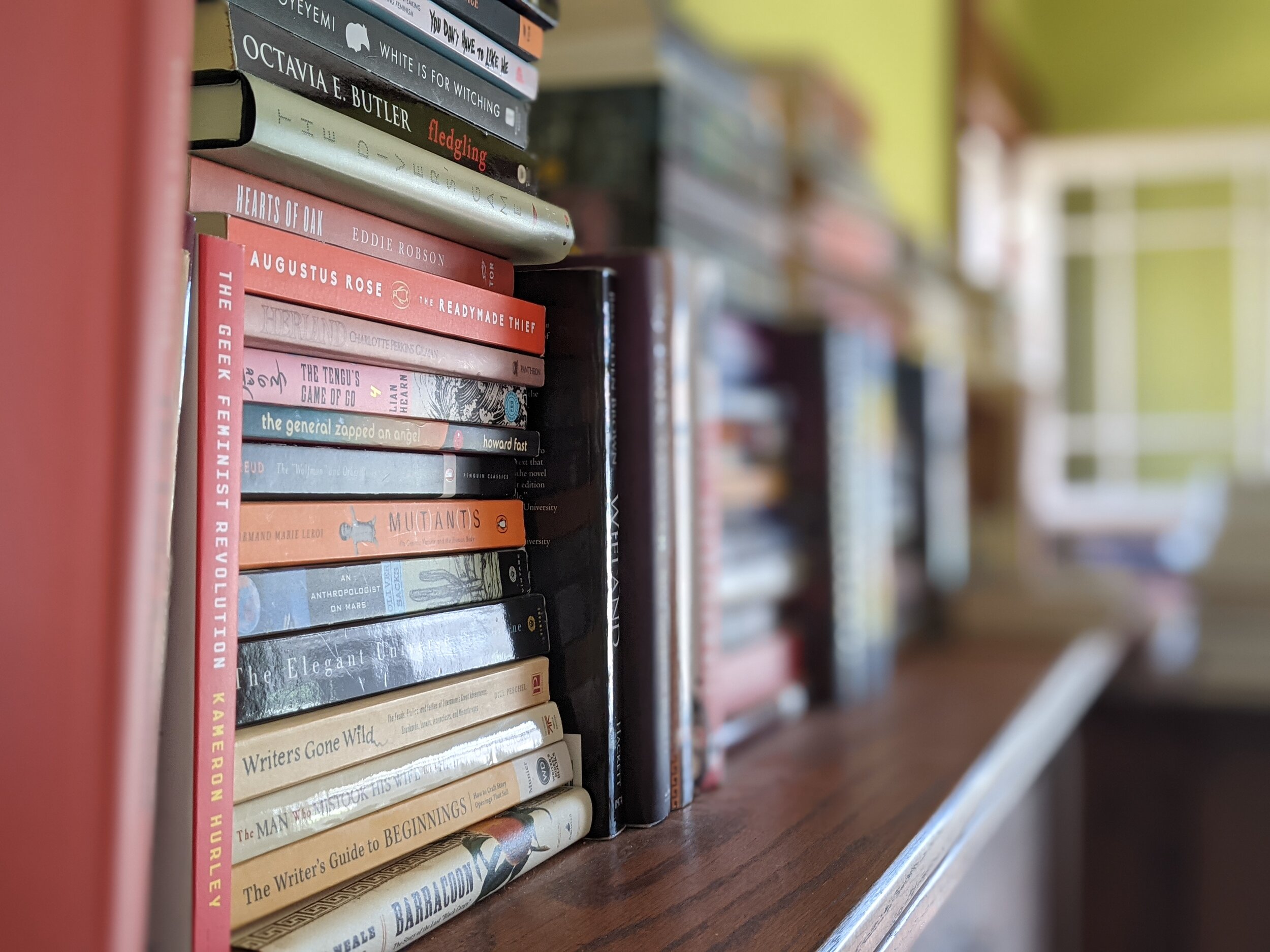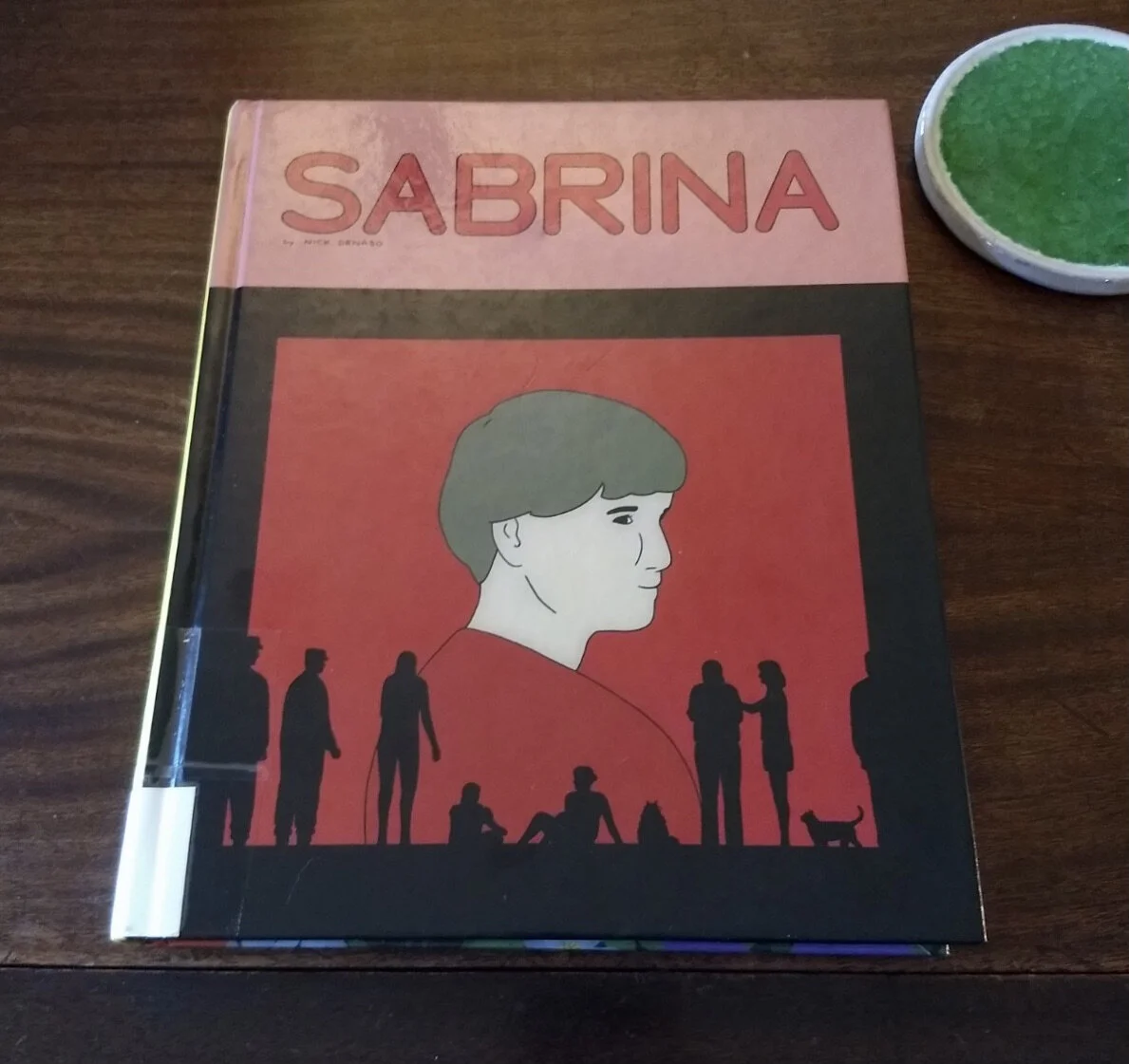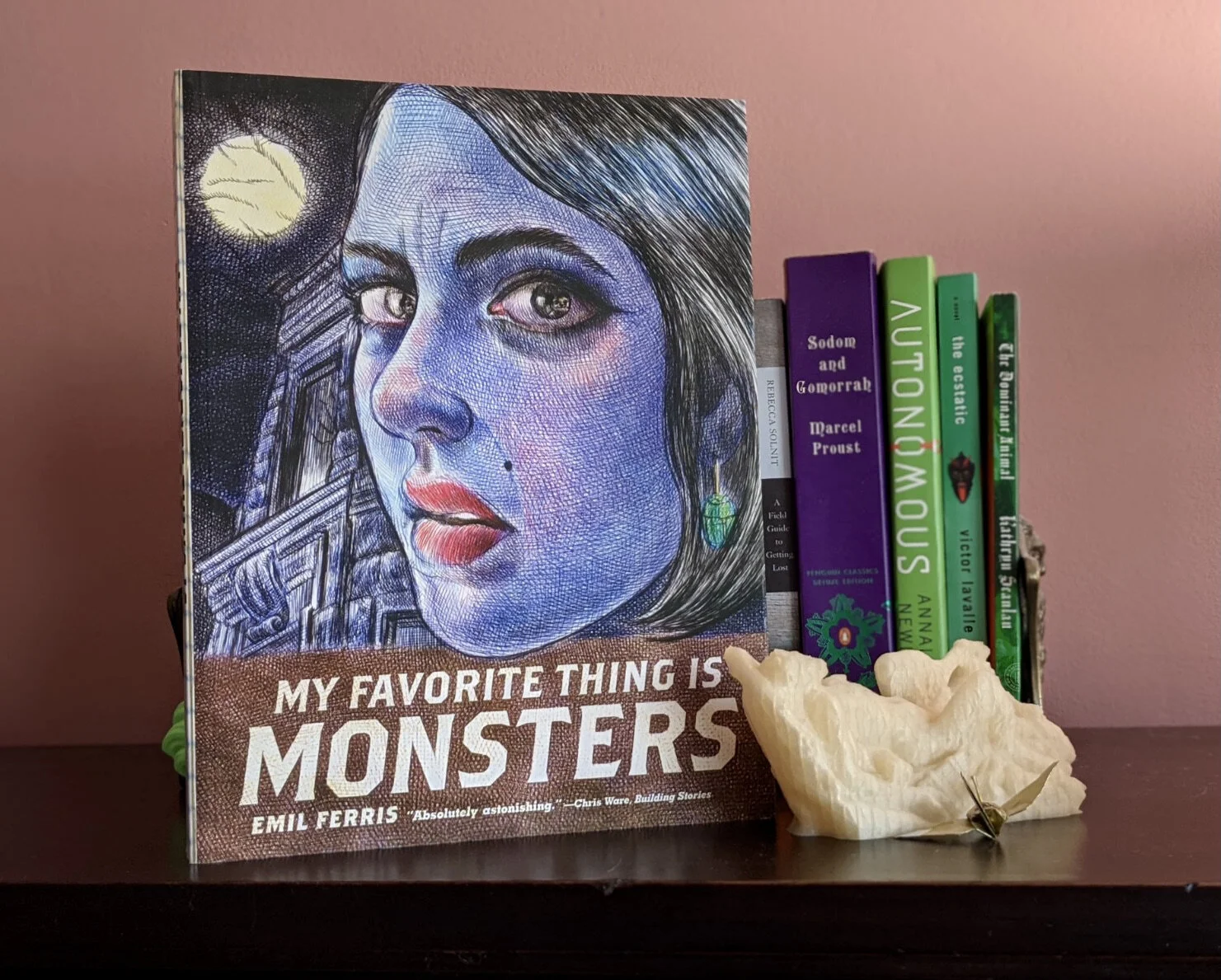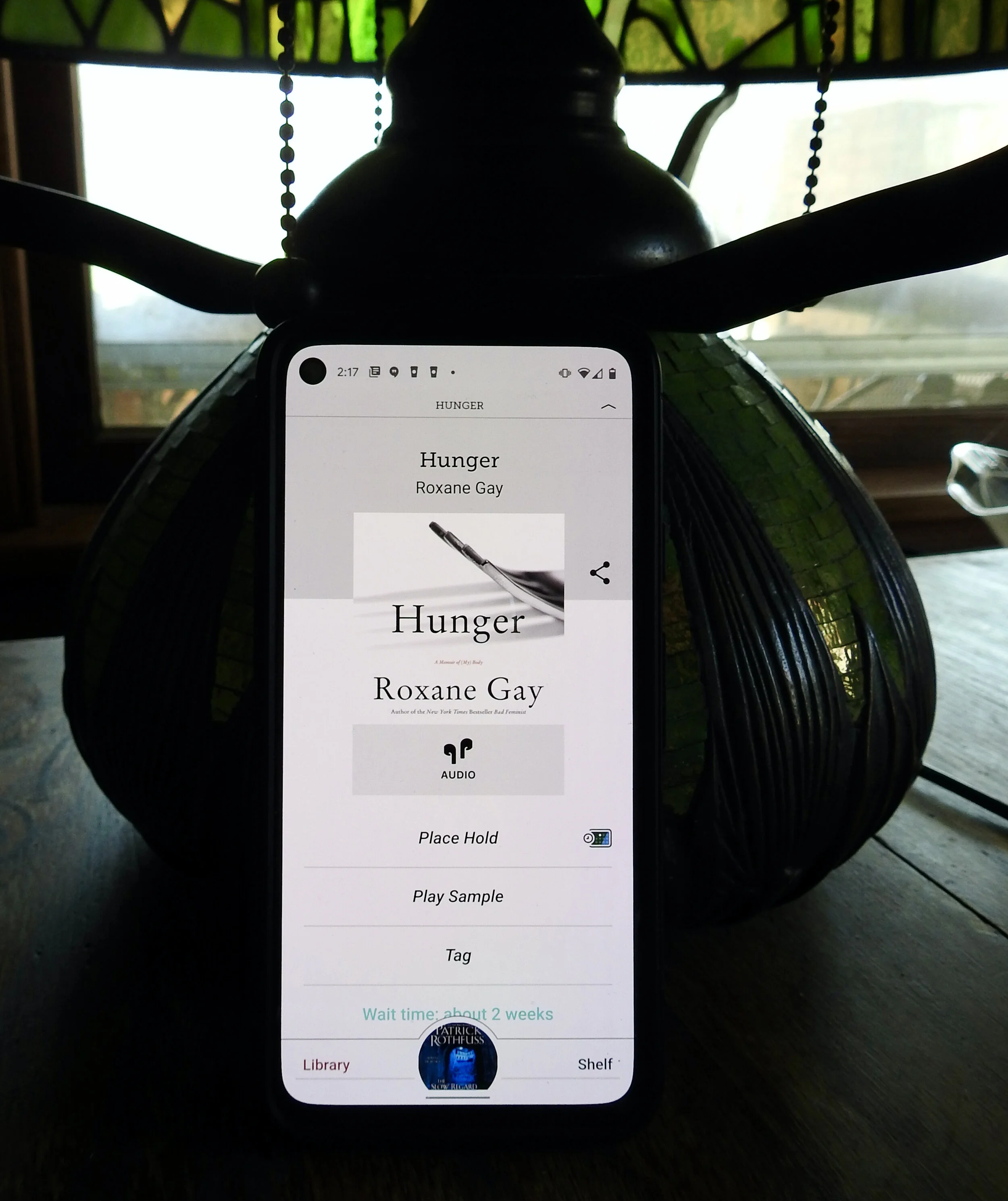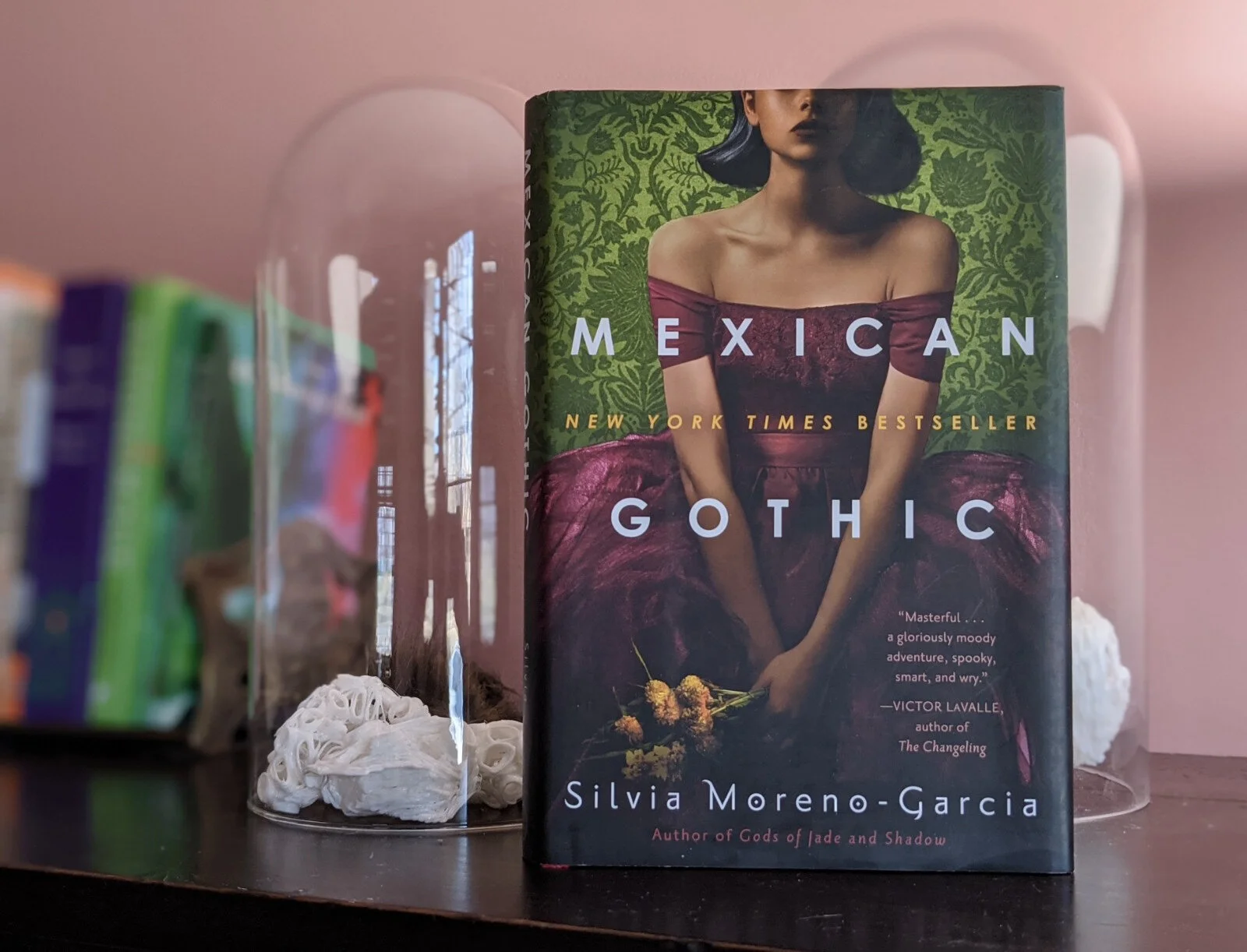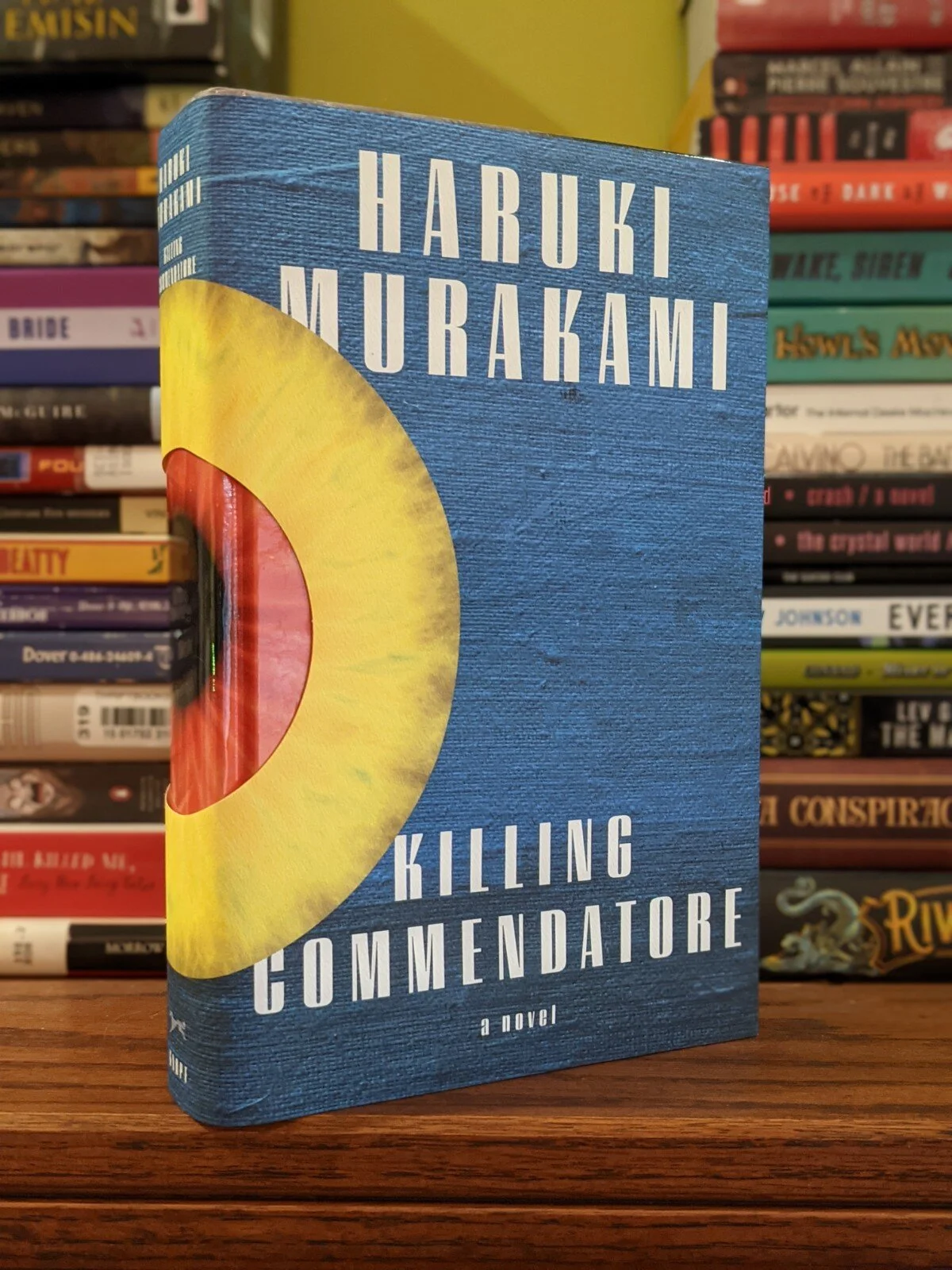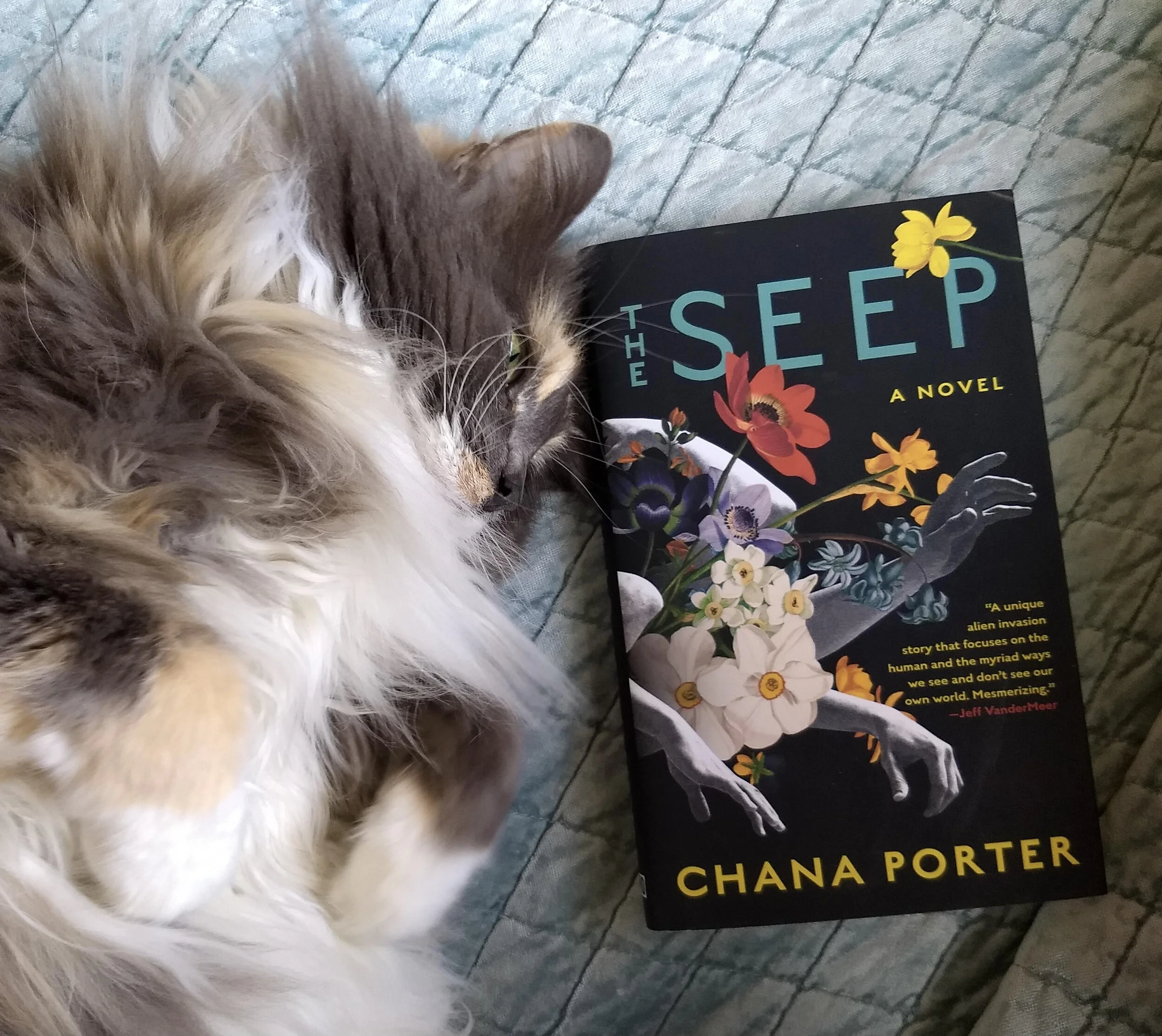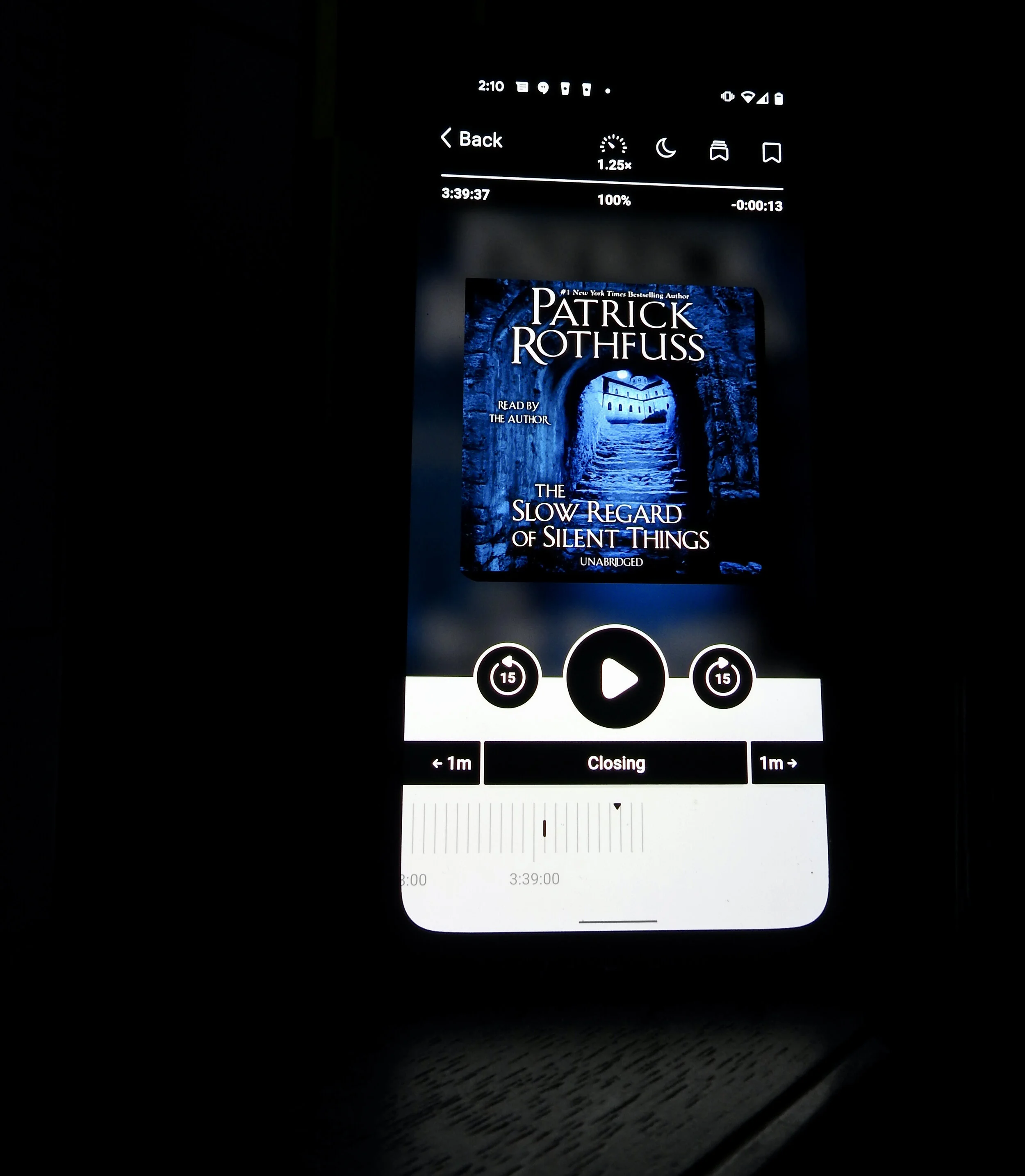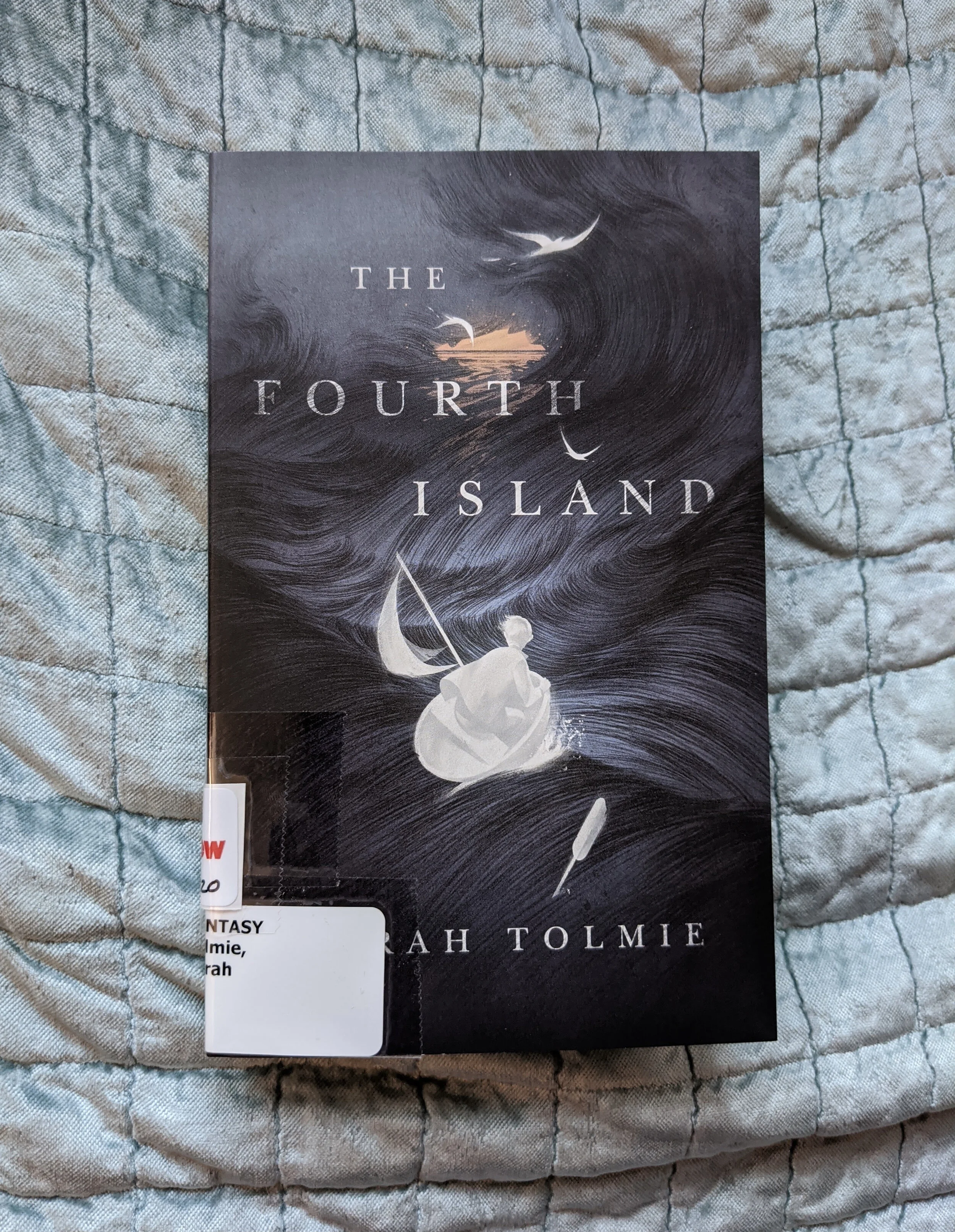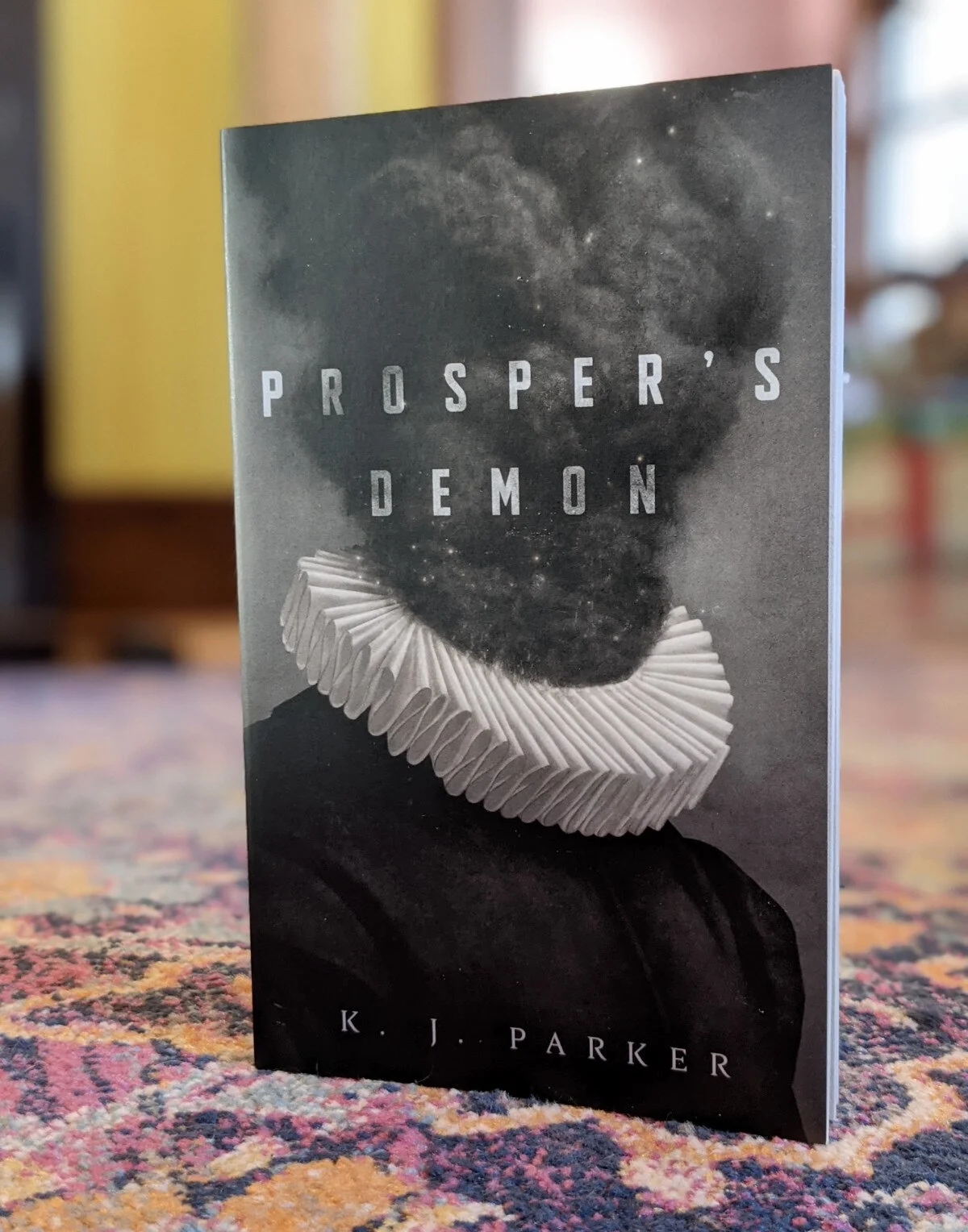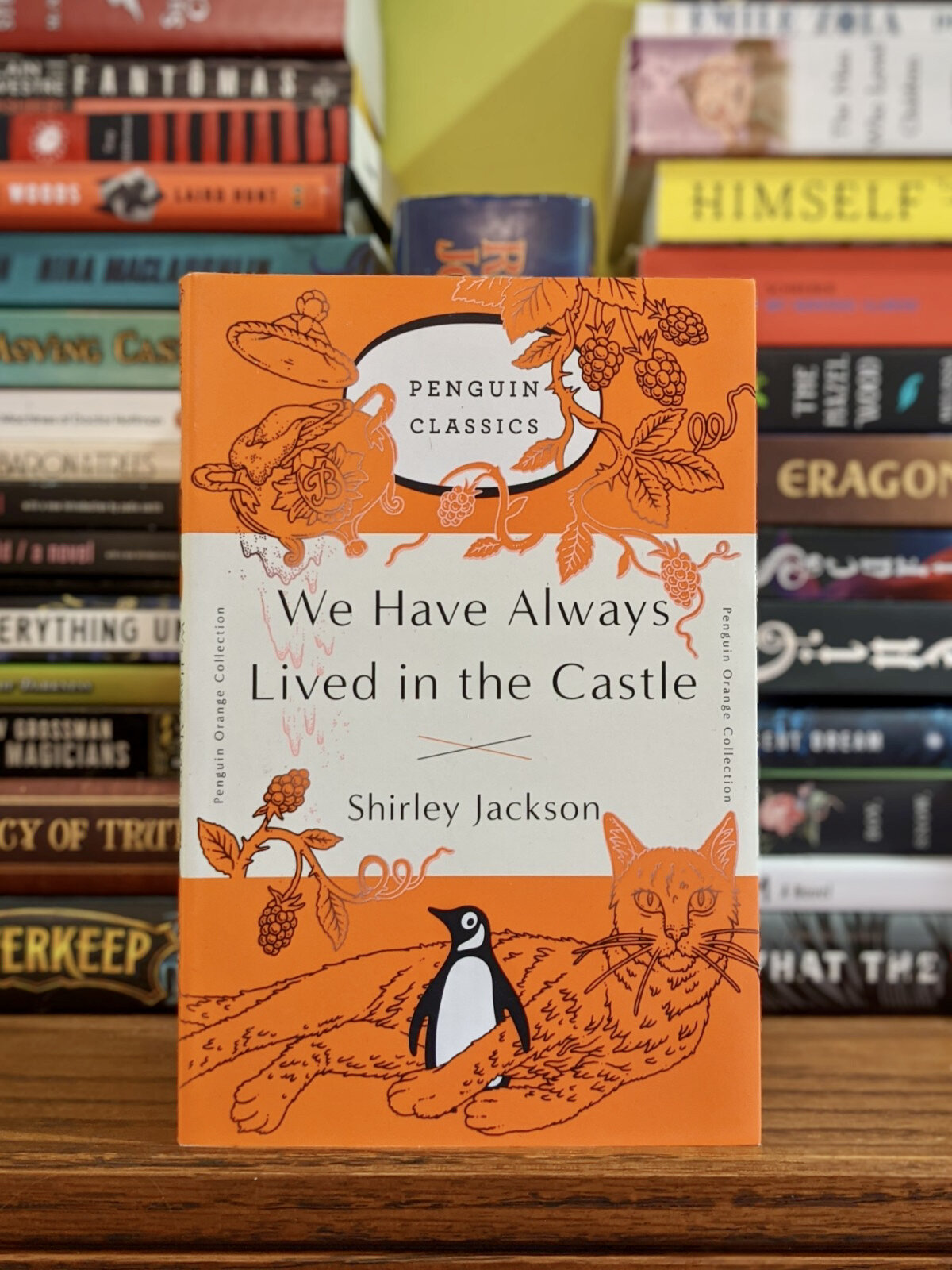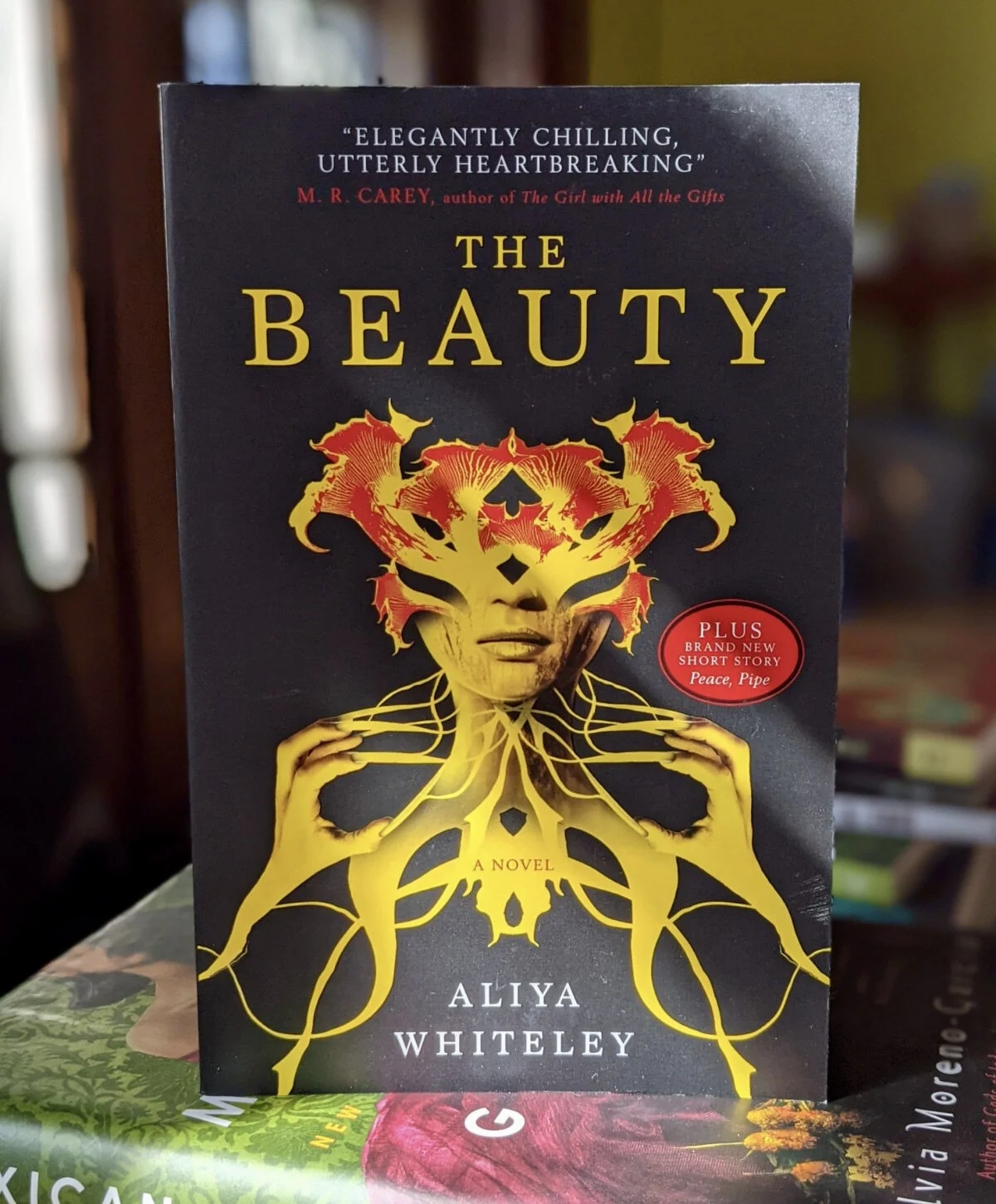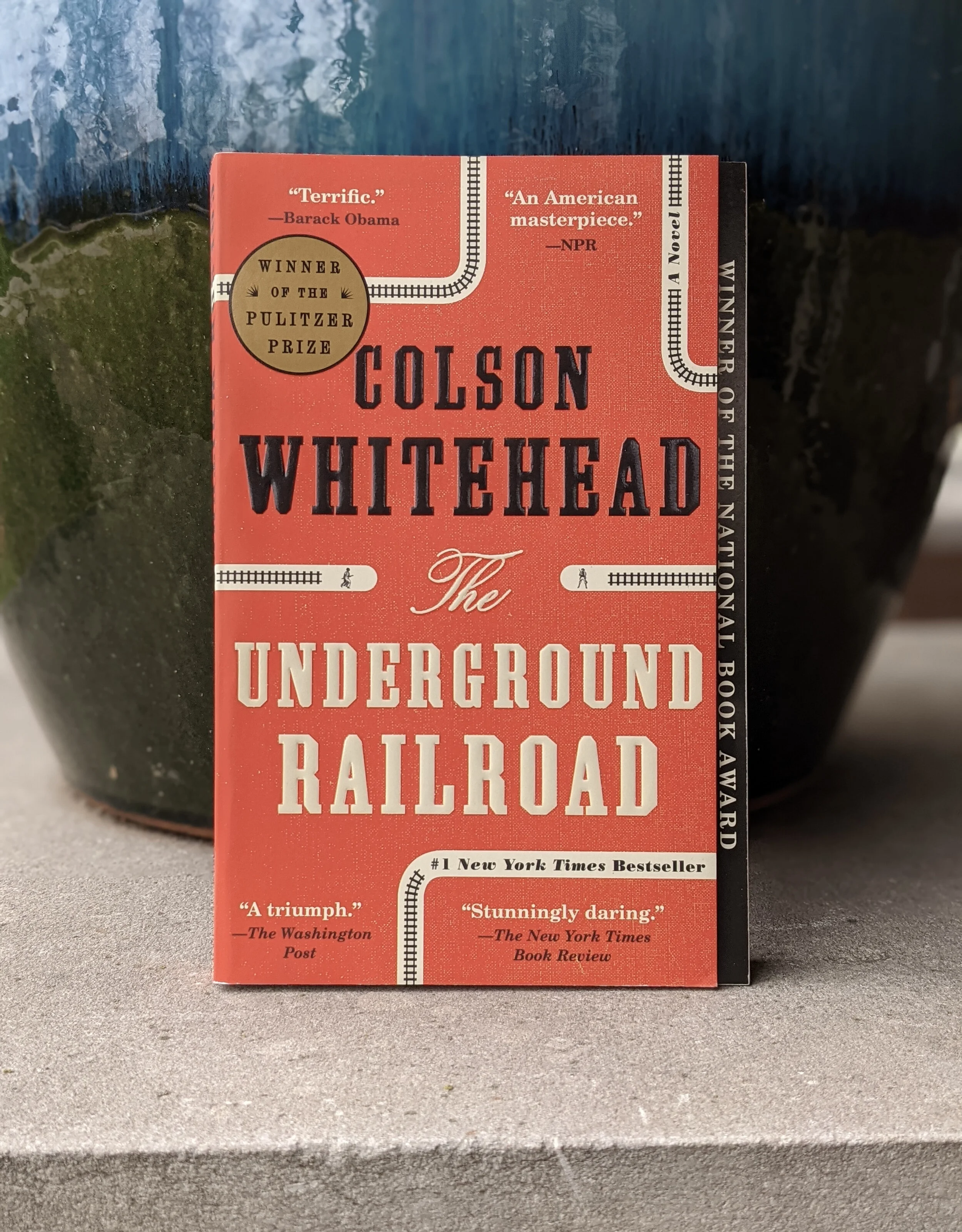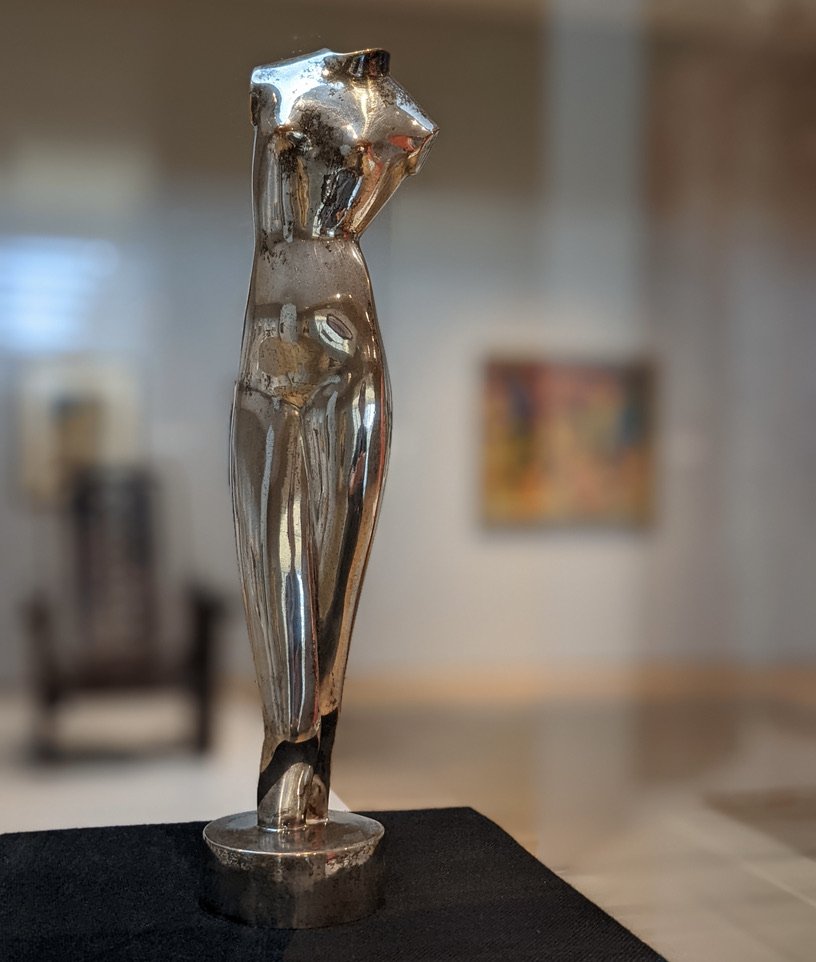
Alexander Archipenko (American, born Ukraine, 1887–1964), White Torso, c. 1916, silvered bronze. Stuart and Barbara Padnos Foundation Collection, on long-term loan to the Grand Rapids Art Museum (GRAM). Photographed August 2022 at GRAM by Renée DeVoe Mertz.

Alexander Archipenko (American, born Ukraine, 1887–1964), White Torso, c. 1916, silvered bronze. Stuart and Barbara Padnos Foundation Collection, on long-term loan to the Grand Rapids Art Museum. Photo by Renée DeVoe Mertz.
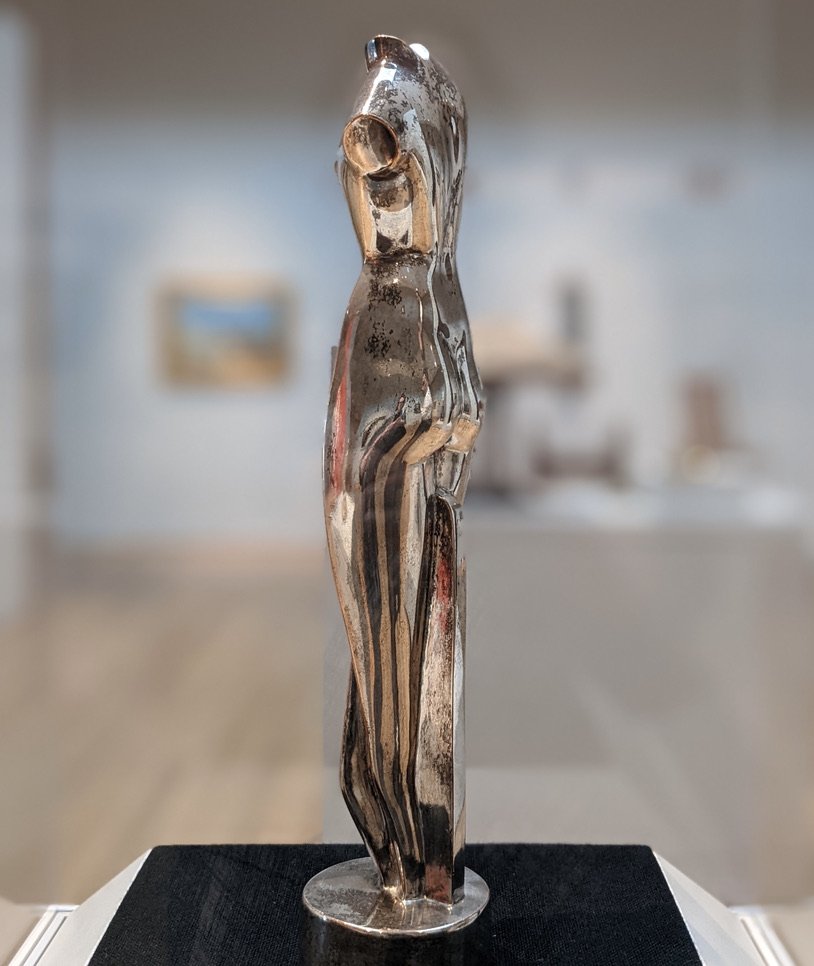
Alexander Archipenko (American, born Ukraine, 1887–1964), White Torso, c. 1916, silvered bronze. Stuart and Barbara Padnos Foundation Collection, on long-term loan to the Grand Rapids Art Museum. Photo by Renée DeVoe Mertz.
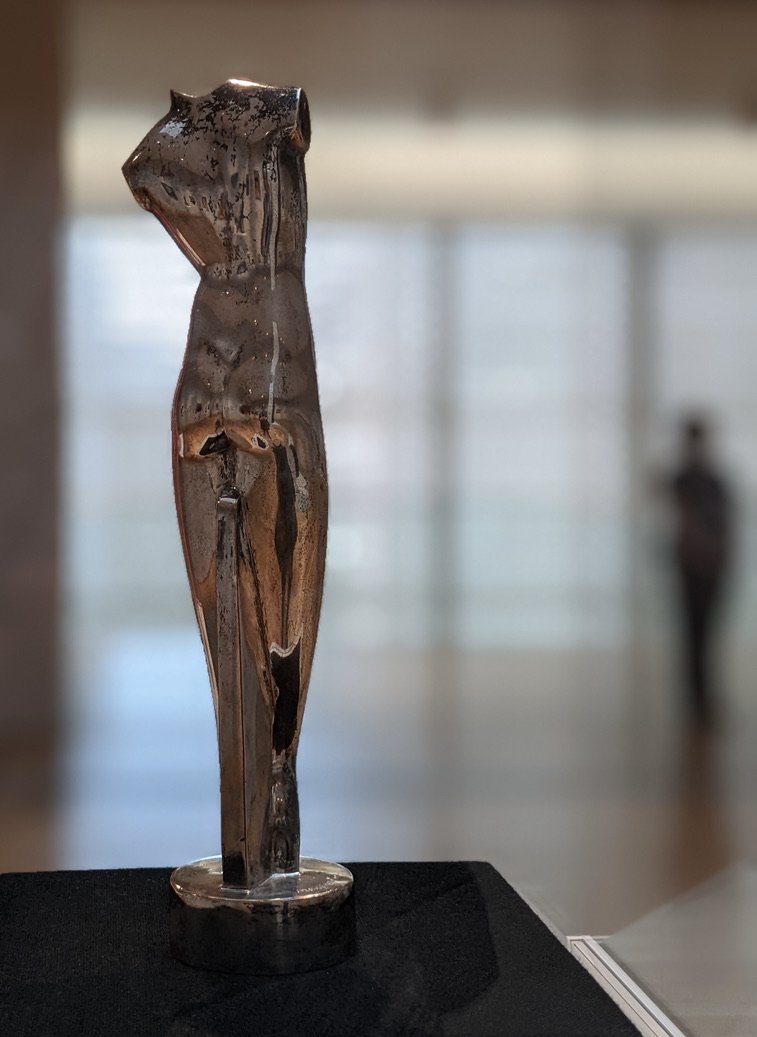
Alexander Archipenko (American, born Ukraine, 1887–1964), White Torso, c. 1916, silvered bronze. Stuart and Barbara Padnos Foundation Collection, on long-term loan to the Grand Rapids Art Museum. Photo by Renée DeVoe Mertz.

